 Srikant Kotapalli
Srikant Kotapalli
Apr 5, 2021
 Srikant Kotapalli
Srikant Kotapalli
Apr 5, 2021
To personalize or not to personalize is no longer a moot question for marketers. They understand the value it provides in delivering unique customer experiences. However, the path to the perfect personalized experiences remains bumpy, as marketers are still uncertain about the value behind the concept:
Marketers need to experiment to fine-tune the personalization journeys they build. A/B Testing is best suited for this, as it uses technology to find the best-fitting personalized templates and features.
Experiments are the way forward to create personalized user experiences, but measuring and optimizing them isn’t easy. Marketers need to track individualized campaign performance along with goal-based ROI tracking to prove that personalization works.
Tracking performance is particularly important when making a business case for personalization to the higher management, who want to know the hard numbers – the actual revenue and return on investment (ROI). Most marketing platforms have dashboards to track campaign performances. But they usually fall short of measuring the real impact of personalization in terms of ROI.
Why you should measure personalization ROI
ROI metrics for A/B personalization testing
How to use personalization ROI metrics
Where to track personalization ROI?
In today’s digital age, where companies inundate their customers with marketing messages, personalization helps a brand stand out. Users move through experiences that are precision-targeted to meet their needs and preferences across channels. With more companies embracing personalization, brands today can’t afford an impersonal touch. Personalization is the gateway to acquiring new customers, deepening engagement and boosting conversions for higher revenue generation.
The first step to optimizing your campaign for better ROI is measuring your personalizations’ performance. The following table shows how different your marketing metrics can look post-personalization.

Conversion Rate (CR) and Average Order Value (AOV) are two key metrics that directly boost revenue. Even a 10% uplift in these metrics can result in up to a 26% uplift in final revenue and ROAS.
We have already seen that conversion rate and AOV uplift are vital indicators that reveal your personalization methods are working. However, these are only two of the many metrics that matter to marketers. Here are some other key metrics that marketers should track to optimize their personalization outreach for maximum ROI:
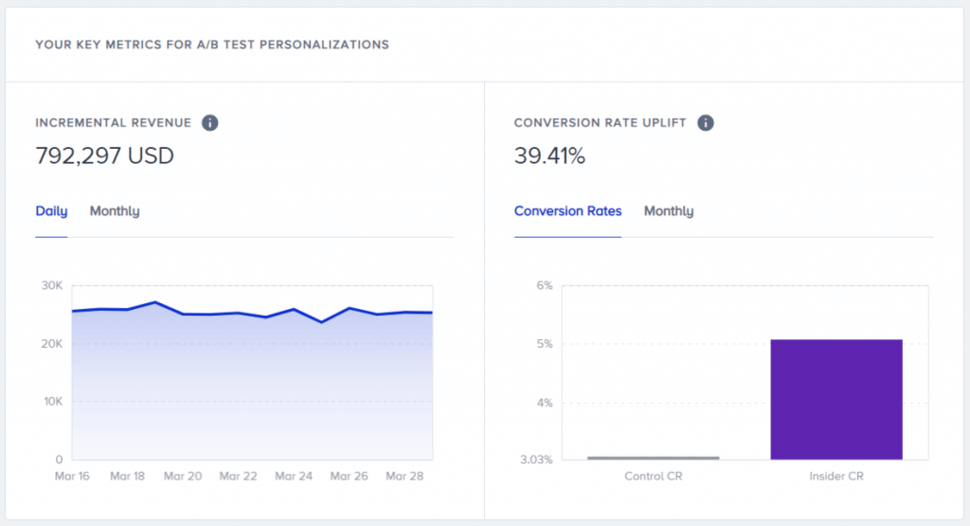
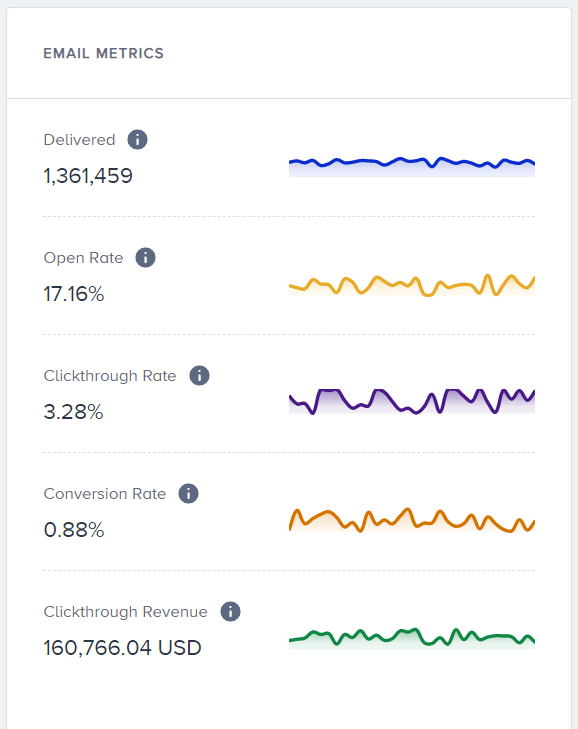
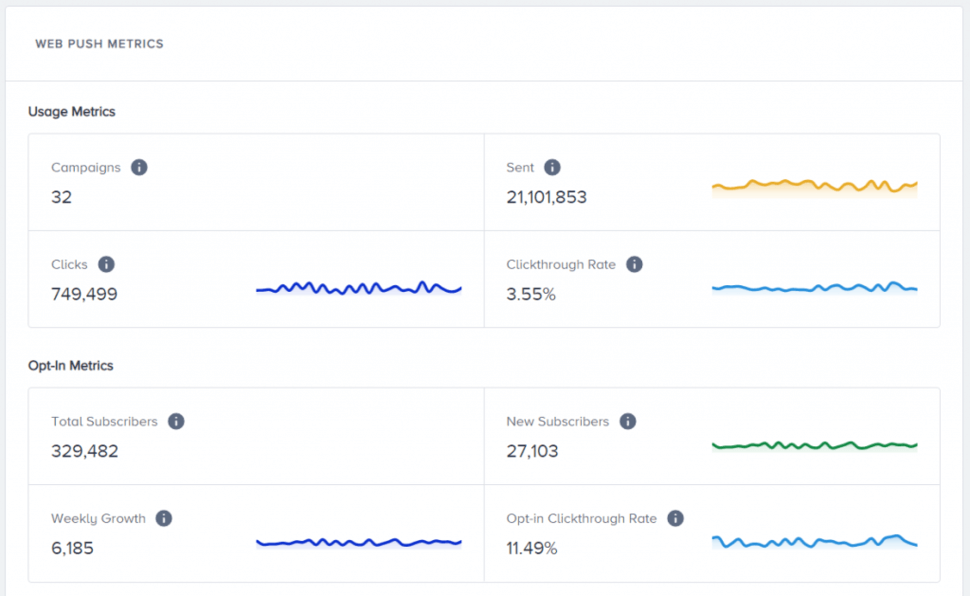
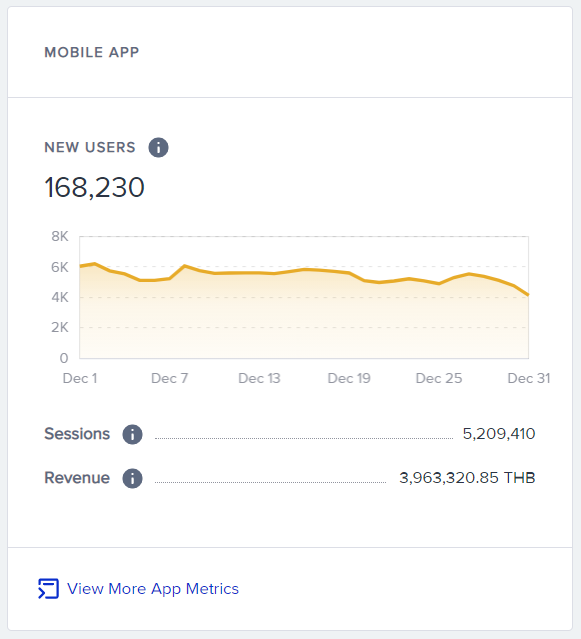

You now know what ROI metrics are essential to gauging personalization performance. These metrics may be straightforward, but they have to be used in the right way to optimize campaign performance. There are several ways in which marketers can excel at A/B personalization testing using these metrics. Let’s look at the three main use cases:
Now that you’ve understood the key metrics to track and how to use them to optimize personalization strategies, the next logical question is how and where to find and track them. Insider’s product team spent long hours with its existing partners and customer success managers to develop an extensive dashboard to track all ROI-first personalization metrics in one single view.
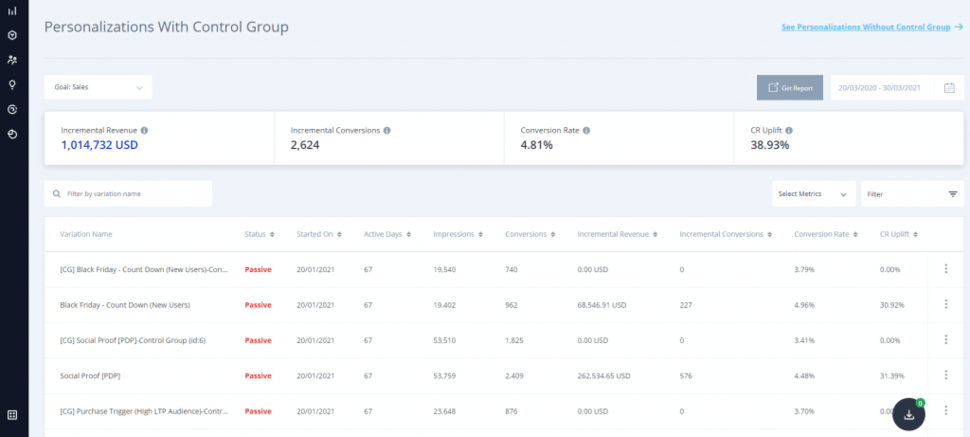
Read our product release blog to know more about the dashboard features. Request a demo of the Insider Growth Management Platform if you would like to kickstart ROI tracking for your personalization campaigns.

Written by
Srikant Kotapalli
Srikant is a seasoned product marketing leader with 15+ years of experience in building and marketing SaaS products. As VP of Product Marketing at Insider, Srikant is responsible for Insider's product positioning, GTM and analyst relations. When not working on product marketing projects, Srikant loves exploring the design and engineering of things